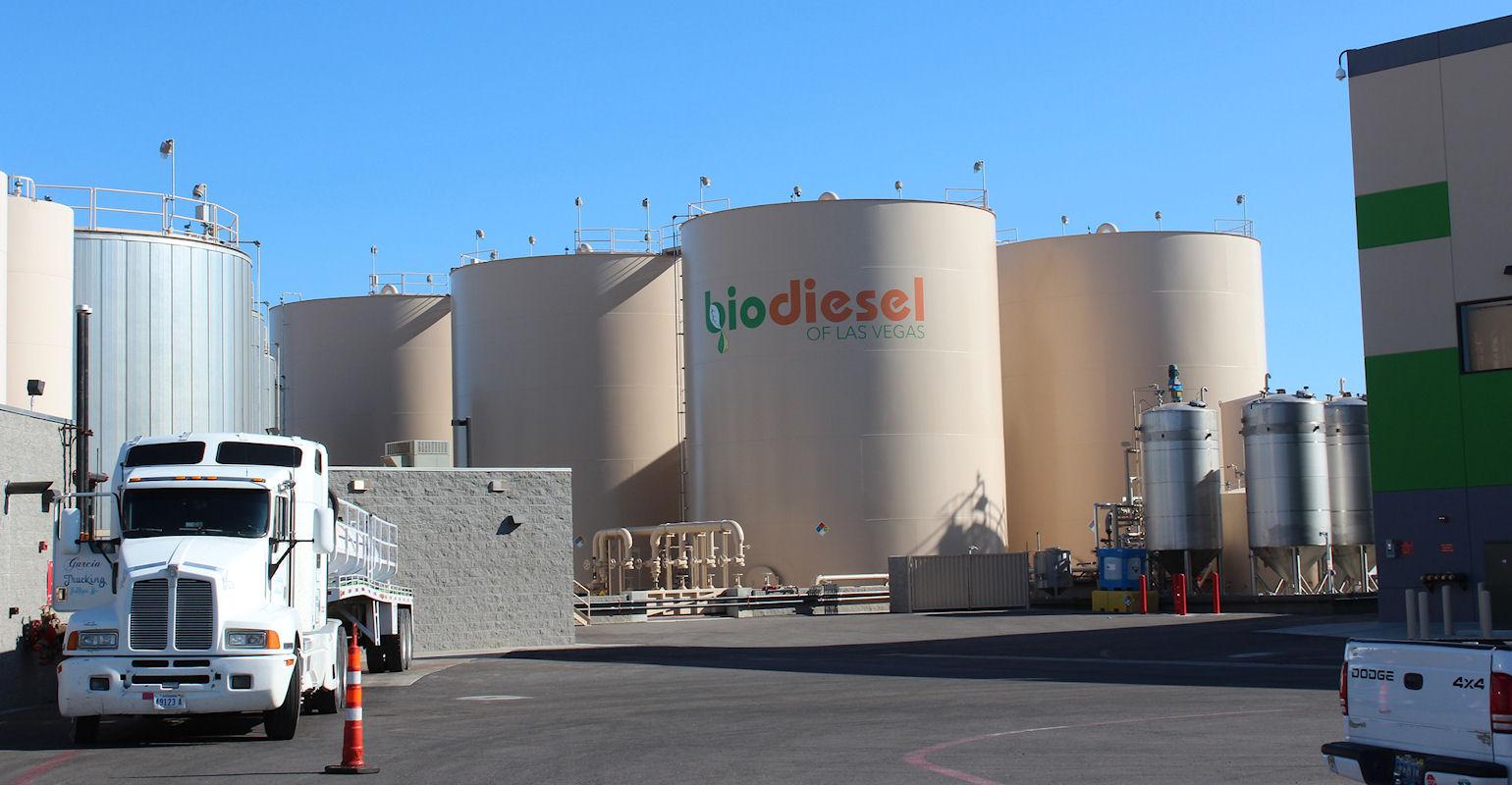U.S. food and agricultural exports to Mexico have surged 65% over the past four years, making it...
Renewable Diesel Production Projected to Skyrocket

The U.S. biofuels sector is well-positioned to play a major role in reducing greenhouse gas emissions by producing fuel using sources with lower carbon footprints. A new report from CoBank’s Knowledge Exchange shows the recent surge of investments in U.S. renewable diesel production capacity is likely to spark growth for the biofuels industry.
“The outlook for biofuels is favorable as the U.S. and other leading developed countries embrace renewable liquid transportation fuels as a solution to reduce greenhouse gas emissions,” said Kenneth Scott Zuckerberg, lead grain and farm supply economist for CoBank. “Renewable diesel offers the most intriguing opportunity in the biofuels space, given the extraordinary growth potential.”
As major oil companies have begun embracing renewable diesel, U.S. production is expected to increase exponentially. Several industry stakeholders have announced plans for new soybean crush and refinery facilities over the last two years.
Soybean oil is the feedstock most commonly used for producing renewable diesel. Combined, the proposed crush and refinery projects would increase U.S. renewable diesel production capacity six-fold by 2030 to 6.5 billion gallons annually.
The expected growth in soybean oil-based renewable diesel requires considerably more soybean bushels for domestic crush. CoBank estimates that U.S. soybean acreage would need to increase by 17.9 million acres to fill the supply gap created by the additional crush and refinery projects that have been announced. Additionally, the U.S. would need to stop exporting whole soybeans.
Alternatives to a massive shift of acres from corn to soybeans would include growing other oilseeds like canola and sunflower on a larger scale, importing other vegetable oils, or using other feedstocks such as beef tallow to produce renewable diesel fuel.
Biofuel production has grown nearly 8% every year over the past 15 years, driven by tax credits and targeted government programs, including the federal Renewable Fuel Standard Program and California’s Low Carbon Fuel Standard. The Inflation Reduction Act of 2022 will increase the usage of renewable energy in general, and biofuels in particular.
Biodiesel and renewable diesel are 50%-55% less carbon-intensive than traditional petroleum diesel. Although renewable diesel and biodiesel have similarly low carbon scores, renewable diesel offers the additional benefit of being used as a “drop-in” fuel. That means it does not require additional blending with petroleum diesel, which is required before biodiesel can be used by commercial engines. As a drop-in fuel, renewable diesel does not require any modifications to older engines, a key attribute for increased adoption.
To learn more, read the full report, Renewable Diesel Projected to Turbo Charge Biofuel Growth.
Editor’s Take:
Potentially great news for soybean producers, but not so fast. Convincing farmers to shift that much production will not be easy. There are rotations to consider, equipment needs to be factored in, seed and fertilizer differentials to account for and many other factors that must enter the equation. The one overriding factor will be net income from making such a change. Farmers respond to market signals perhaps better than any other segment of our economy. Consumer demand increases, prices go up and farmers/ranchers are on it. And although sometimes, especially with livestock/cattle, the results are not immediate, the reaction is swift. In the end, the growth of biofuels is very probable and will spur farmers to expand and shift to meet the demand which will in turn put more money in their pockets. More money in their pockets inevitably leads to greater truck sales.








